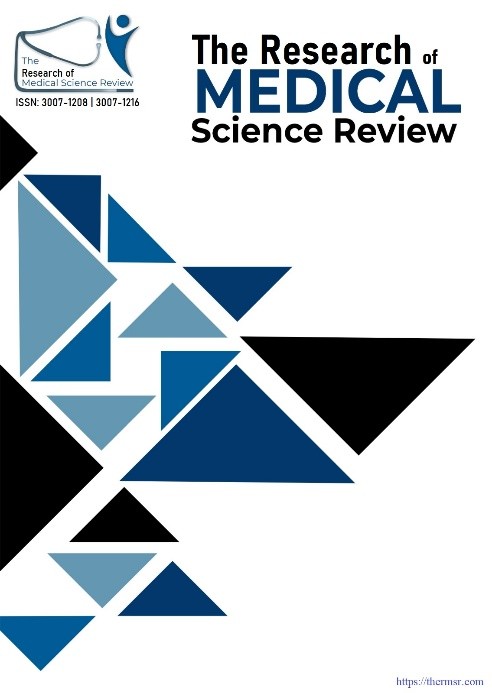PATTERN OF CEREBRAL PALSY IN PATIENTS WITH PERINATAL ASPHYXIA
Main Article Content
Abstract
BACKGROUND: Cerebral palsy (CP) is a non-progressive neurological disorder that affects movement and posture, with a prevalence of 2.2 to 3.3 per 1,000 children in developing countries. It is strongly associated with factors such as low birth weight and preterm birth, with infants weighing less than 1,500 grams being 20 to 80 times more likely to develop CP. The condition presents similarly in both developed and developing countries, although the etiology may vary based on socioeconomic status. This study aimed to determine the frequency of CP in patients with perinatal asphyxia, investigate the pattern of CP in these patients, and compare the CP patterns between those with perinatal asphyxia and those without
METHODOLOGY: This cross-sectional observational study was conducted at the Department of Pediatrics, MTI-LRH Peshawar. Neonates diagnosed with perinatal asphyxia were included to assess the frequency and types of CP. A comparison group of neonates without perinatal asphyxia was also included to explore differences in CP patterns. Data were collected on birth weight, gestational age, mode of delivery, and other relevant clinical variables, followed by statistical analysis to identify significant differences.
RESULTS: The study found that 58.1% (n = 90) of neonates with perinatal asphyxia developed cerebral palsy. Among the affected neonates, the most common type of CP was spastic quadriplegia (46.7%), followed by spastic hemiplegia (24.4%) and spastic diplegia (20%). The comparison with neonates who did not experience perinatal asphyxia showed significant differences in the CP types, with perinatal asphyxia being a major risk factor for the development of CP. The mode of delivery, birth weight, and the place of delivery were significantly associated with CP outcomes.
CONCLUSION: Perinatal asphyxia was strongly associated with the development of cerebral palsy, with spastic quadriplegia being the most common subtype observed. The study highlights the importance of timely intervention and appropriate management to reduce the risk of CP, especially in neonates with perinatal asphyxia. Furthermore, the comparison with non-asphyxic neonates reveals the significant role of perinatal factors in the pathogenesis of cerebral palsy. Further research is needed to explore preventive strategies and improve neonatal care.
Downloads
Article Details
Section

This work is licensed under a Creative Commons Attribution-NonCommercial-NoDerivatives 4.0 International License.
